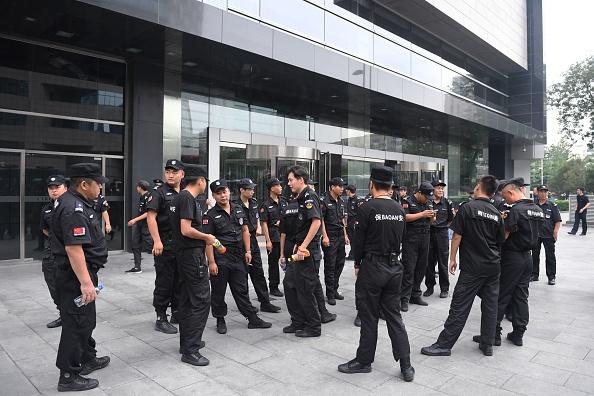Hundreds of peer-to-peer (P2P) lending victims in Shanghai gathered outside of the China Banking Regulatory Commission (CBRC) building on Sep. 12 to protest against P2P scams. They were driven away by the police violently before roughly a dozen people were arrested.
P2P allows people to lend to each other while earning high-interest rates—higher than those offered by banks. Firms that operate a P2P platform connect yield-hungry investors with cash-strapped individuals or small businesses.




